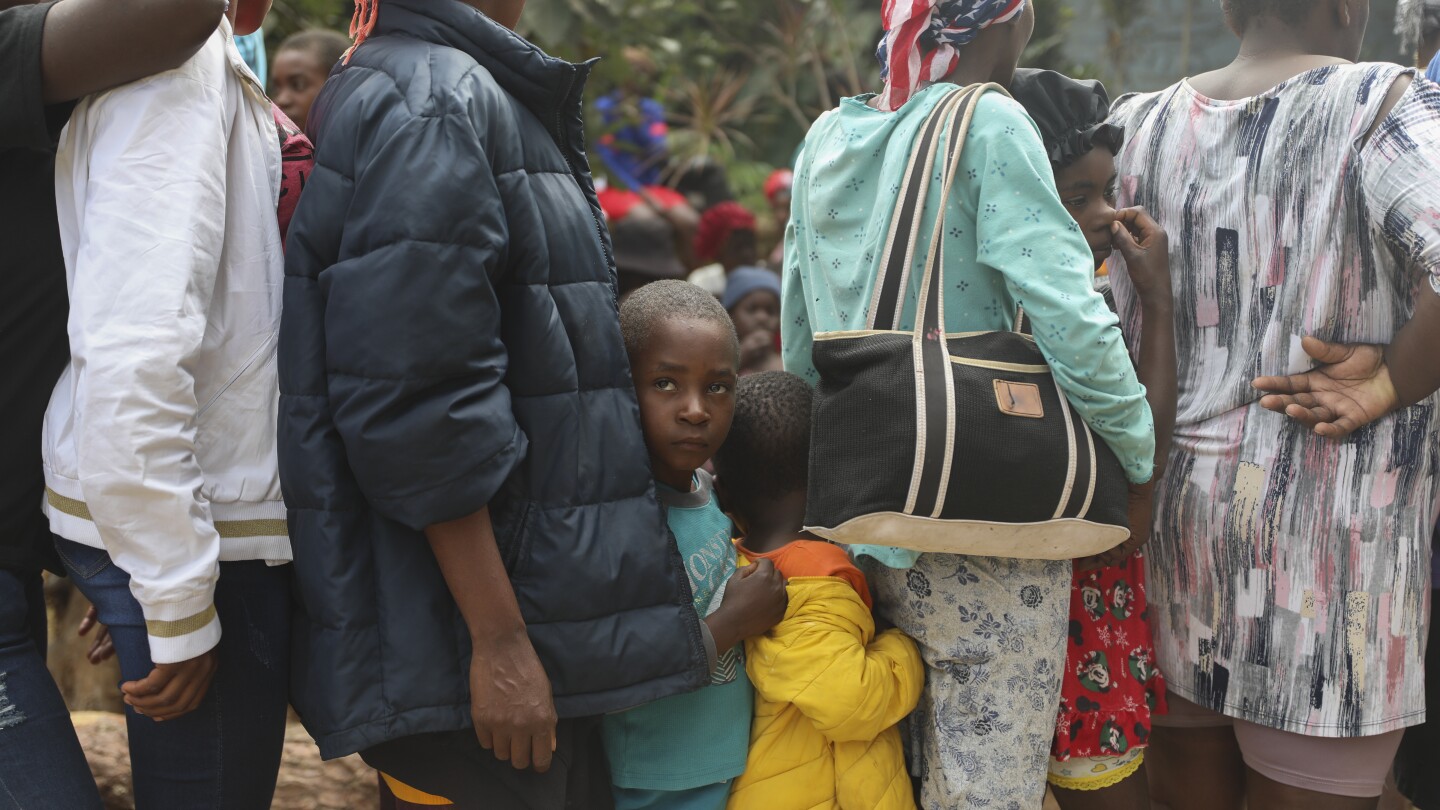Unveiling the Hidden Crisis: How Gang Violence is Shattering Childhoods in Haiti
The streets of Haiti, once vibrant with the laughter of children and the bustle of community life, are now overshadowed by a chilling reality: gang violence is shattering childhoods. A recent report by Amnesty International has brought this urgent crisis to the forefront, detailing how the escalating violence poses immediate dangers and long-term repercussions for Haiti’s youngest citizens. This article aims to explore the multifaceted impact of gang violence on children in Haiti, offering insights into the societal changes, psychological effects, and potential pathways toward recovery.
The Current Landscape of Gang Violence in Haiti
In recent years, Haiti has seen a surge in gang-related violence, particularly in urban areas like Port-au-Prince. Gangs have become entrenched in local communities, exerting control over neighborhoods, and instilling fear among residents. According to Amnesty International, these gangs are responsible for a plethora of violent acts, including abductions, assaults, and homicides. The report indicates that children are not just collateral damage; they are primary targets.
- Abductions: Many children are kidnapped for ransom, often in front of their families or while on their way to school.
- Recruitment: Gangs actively recruit children, luring them with promises of money or protection, thus perpetuating the cycle of violence.
- Violence in Schools: Educational institutions have not been spared; threats and violence disrupt learning environments, leaving children traumatized and fearful.
As these gangs vie for power and territory, the violence has escalated to unprecedented levels, leaving a generation of children in a state of constant fear and instability.
The Psychological Toll on Children
The impact of gang violence on children goes far beyond physical threats; it leaves deep psychological scars. Exposure to violence can lead to various mental health issues, including anxiety, depression, and post-traumatic stress disorder (PTSD). Many children in Haiti are witnessing horrific events that no child should ever have to see. The normalcy of violence can alter a child’s perception of safety and trust in the world around them.
Furthermore, the ongoing chaos disrupts their sense of routine. Schools close, families are displaced, and community support systems break down. As a result, children often miss out on education, essential for their development and future prospects. The loss of childhood is not merely a phrase; it is an unfortunate reality for many Haitian children today.
Long-term Consequences of Violence on Childhood Development
The long-term consequences of gang violence on childhood development in Haiti are alarming. Research shows that children who experience trauma during formative years are more likely to face educational setbacks, behavioral problems, and difficulties in forming relationships later in life.
- Educational Impact: With schools closing or becoming unsafe, children are losing vital years of education. This educational disruption can lead to a cycle of poverty and limited opportunities.
- Social Skills: The absence of safe spaces for interaction hinders the development of social skills and emotional intelligence, crucial for healthy relationships.
- Future Violence: Children involved in or exposed to gang activities may perpetuate the cycle of violence, either as victims or perpetrators, continuing the crisis into future generations.
Community and Government Responses
Addressing the crisis of gang violence in Haiti requires a multi-faceted approach. Community organizations, NGOs, and the government must work collaboratively to create safe environments for children. Some potential strategies include:
- Restorative Justice Programs: Initiatives focused on healing rather than punishment can help rebuild trust within communities and provide alternatives to gang involvement.
- Educational Support: Establishing safe learning environments and providing psychosocial support can help children recover from trauma and reintegrate into society.
- Community Engagement: Encouraging community involvement in violence prevention initiatives can foster a sense of ownership and responsibility among residents.
Moreover, international support is crucial. The global community must recognize the plight of Haitian children and assist in funding programs aimed at reducing violence and promoting stability. By investing in education, mental health services, and community infrastructure, there is hope for reversing the trends of violence.
Voices from the Ground: Personal Accounts of Resilience
Amidst the despair, there are stories of resilience and hope. Many children in Haiti are finding ways to cope with their realities. Community leaders and local NGOs are stepping up, creating safe havens and programs designed to support children and families affected by violence. These stories exemplify the strength of the human spirit and the possibility for recovery.
For instance, programs that involve art therapy and sports have shown promise in helping children express their feelings and build connections with others. Such initiatives not only provide an outlet for creativity but also foster a sense of community and belonging, essential for healing.
Conclusion: A Call to Action
The findings presented by Amnesty International underscore a hidden crisis that demands immediate attention: gang violence is shattering childhoods in Haiti, endangering a generation’s future. It is imperative for both local and international communities to come together to address the root causes of this violence and support the affected children.
By investing in education, mental health resources, and community safety, we can help restore childhoods and create a healthier, more peaceful Haiti. The time to act is now—because every child deserves a chance to grow up free from fear and violence.
See more Update My News



